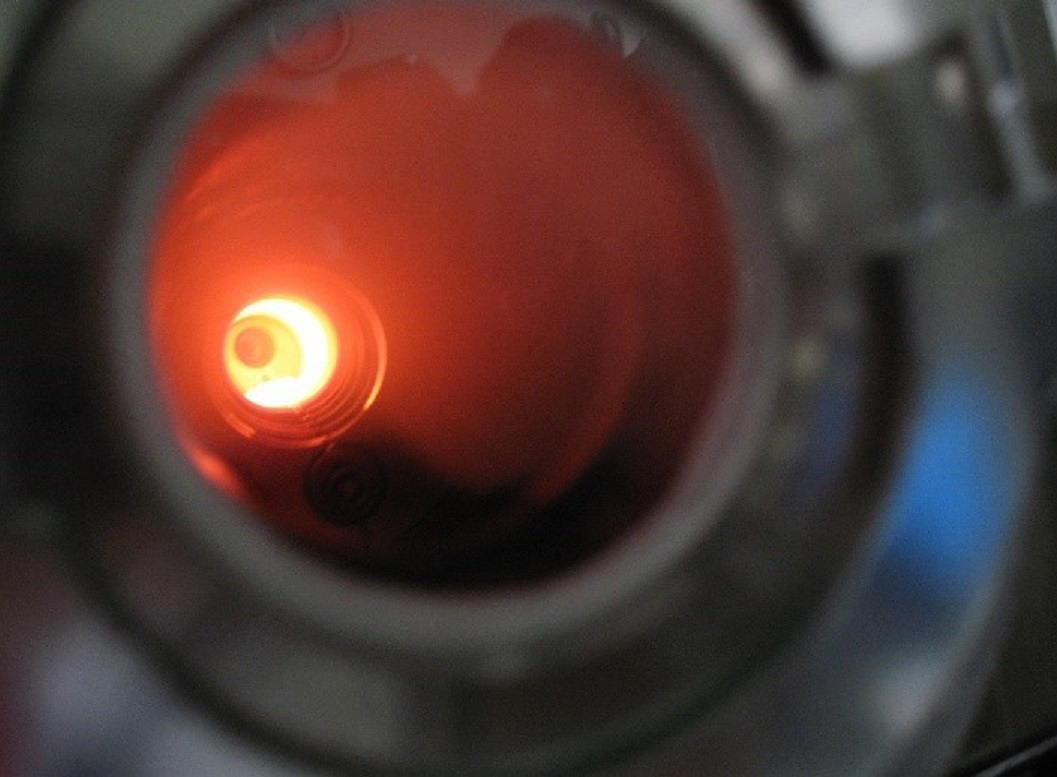
The Fraunhofer Institute is researching ways to make debinding more energy efficient when used in the 3D printing of near-net shape components.
In binder-based additive manufacturing (AM) processes, for example, organic binders have to be removed from the component by thermal treatment, a process which has so far been very energy-intensive, the institute said. Up to now, experience has mainly been used and the processes have generally been carried out for longer and at higher temperatures than necessary.
Frauhofer’s KonAIR project is focusing on controlling these processes with more accuracy by measuring the process atmosphere in the furnace. According to the institute, the results show that the gas composition and the condition of the components in the sintering furnace correlate with each other. On this basis, the process temperature and duration can be adjusted in real time to the level actually required individually for each batch. These settings reportedly enable energy savings of 25 to 30% compared to the conventional procedure.
Fraunhofer says that this research could help improve powder metallurgical processes and the production of ceramic and carbon-based materials. The results are also relevant to the gasification of biomass or in waste combustion.
This story uses material from Fraunhofer, with editorial changes made by Materials Today. The views expressed in this article do not necessarily represent those of Elsevier.





